#chaudet
Explore tagged Tumblr posts
Text
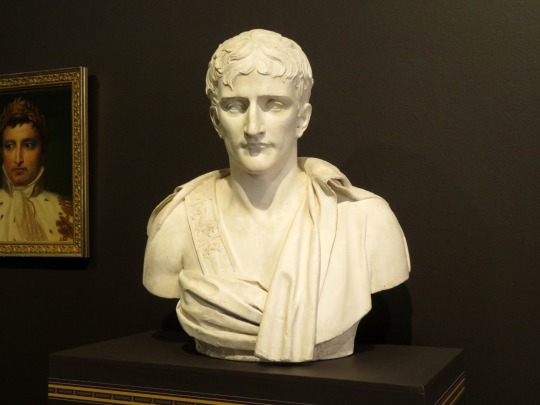
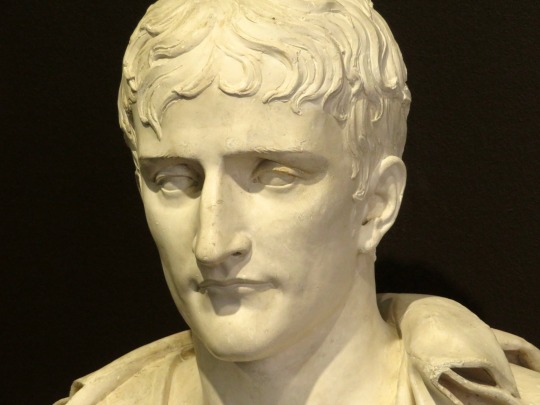
Bust of Napoleon Bonaparte by Antoine-Denis Chaudet, c. 1800s
Musées d'Angers
#chaudet#Napoleon#napoleon bonaparte#napoleonic era#napoleonic#first french empire#bust#sculpture#neoclassicism#neoclassical#Musée des Beaux-Arts d'Angers#Musées d'Angers#19th century#marble statue#marble statues#statues#statue#french empire#french revolution#french history#frev#france#art#1800s#Antoine-Denis Chaudet
118 notes
·
View notes
Text

Cupid Presenting a Rose to a Butterfly by Denis Antoine Chaudet. C 1802 - Louvre Museum, PARIS
#cupid#rose#butterfly#sculpture#by#denis antoine chaudet#1802#musée du louvre#louvre museum#paris france
93 notes
·
View notes
Text

L'Amour par Antoine-Denis Chaudet
37 notes
·
View notes
Text

Princess Grace, right, talks to Federal Councilors Paul Chaudet, left, and Max Petitpierre, center, on November 8, 1960 in the Federal Palace in Bern. The Princely Couple of Monaco are in Switzerland for a state visit.
11 notes
·
View notes
Text

Jeanne-Elisabeth Chaudet (née Gabiou; died 18 April 1832) was a French painter, 🖼 Little girl eating cherries, 1817, Musée Marmottan Monet
6 notes
·
View notes
Text



sculpture by antoine denis chaudet
10 notes
·
View notes
Text
Feel like pure shit just want them back xx
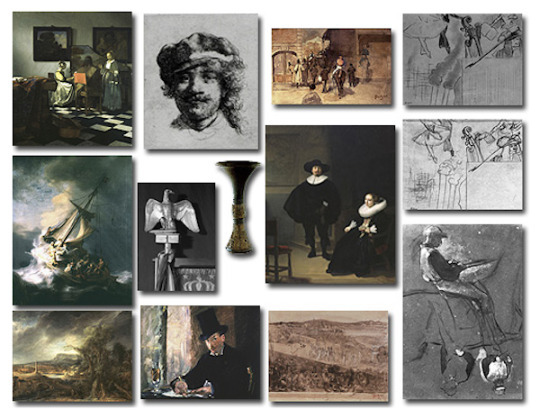
#rembrandt van rijn#johannes vermeer#edgar degas#antoine-denis Chaudet#govaert flinck#edouard manet#isabella stewart gardner museum#art history#Christ in the storm on the sea of Galilee is literally. in my top ten favorite pieces of art of all time
9 notes
·
View notes
Text
Perle de nuit - Christine Chaudet
Perle de nuitCristal de deuilTu es la vie sous l’éteignoirTu es mon double quelque part. Et sous mes doigts passe le motLe mot de passe, passe partout, la clé des champsOù tu t’envoles. Perle de nuitCristal de deuilBerceau, cercueilEst ma mémoireCe soir ma placeEst près de toi.
0 notes
Text

Jeanne-Elisabeth Chaudet - L’Amour qui vient de dérober une rose (ca. 1796)
1 note
·
View note
Text
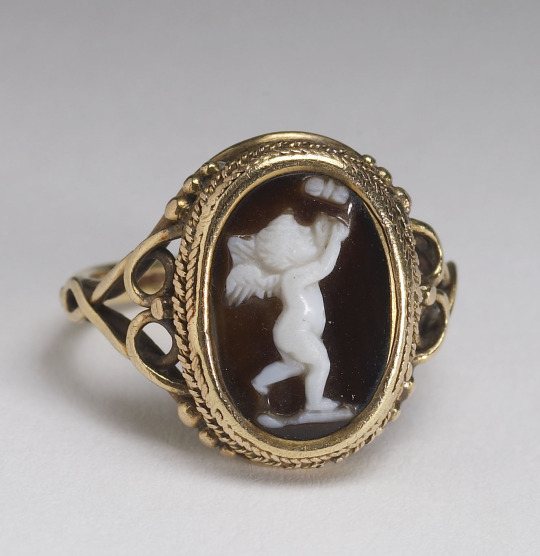
Ring with Cupid Chasing a Butterfly
18th century
“This ring uses naturally occurring color variations in a slice of agate to create a miniature relief of Cupid chasing a butterfly, which represents the human soul. Other neoclassical artists also represented this theme, perhaps most famously the marble by Antoine-Denis Chaudet, which is in the Louvre in Paris. The cameo is set in a pierced gold ring.”
made by a Venetian artist
The Walters Art Museum
#18th century jewelry#18th century#18th century art#venetian art#italian antiquities#italian art#italian jewelry#jewellery#frostedmagnolias#vintage jewelry#Cupid#jewelry
579 notes
·
View notes
Text

Cupid Presenting a Rose to a Butterfly (1802)
Denis Antoine Chaudet (French, 1763-1810)
Marble, Louvre, París
57 notes
·
View notes
Text



L'Hôtel Chaudet hier et aujourd'hui.
14 notes
·
View notes
Text
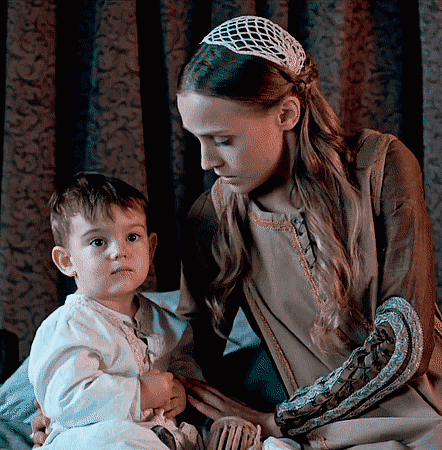
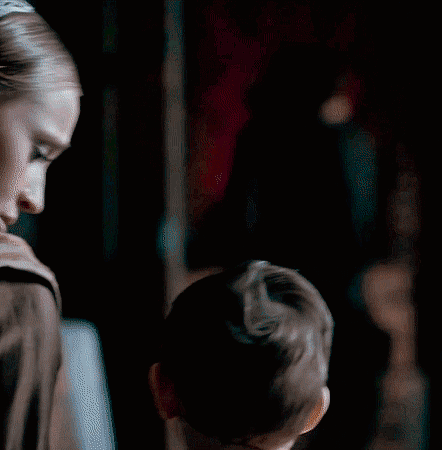
The name that Constance chose for her son predisposes him to his succession. The symbolic figure of King Arthur was reclaimed by Henry II. Amaury Chauou explains that the English King wishes to endow himself with “a conquering past and to legitimize his accession of the throne”. The objective is to compete with the sanctification of the Capetian dynasty through Charlemagne. This new cult of King Arthur is supported by so-called discoveries. Firstly, Arthur's sword, named Excalibur, is found in Glastonbury, converted into a sanctuary of English royalty. The tomb of Arthur was exhumed in 1191. The Arthurian legend experiences, at this period, a real renewal of interest and great success. This instrumentality is reversed by Constance. If Henry II reinvests the Arthurian figure to make it a protective king of his people, then the newborn symbolizes Bretons' hope fighting for their independence, which appears as a challenge in Henry II's eyes. By calling him that, Constance gave a certain power and value to the future title of her son. By selecting this name, she binds her son to kinship and honors. In fact, names identify kinship groups and belong to family patrimonies. But Constance did not name her son Alan, Conan, or even Hoël, common names of the dukes of Brittany in the high middle ages and also belong to a ducal heritage. Arthur’s name gives the future duke a symbolic value that is mythical, giving the Duke’s future title a superior, almost heroic and protective dimension.
-Élodie Chaudet, La duchesse Constance de Bretagne et le gouvernement en héritage à la fin du XIIe siècle
107 notes
·
View notes
Text

Life a stitch, girl
Jeanne-Elisabeth Chaudet, The Young Embroiderer, 1818, private collection
#art history#art history memes#dad jokes#punny#puns#punsarelikeonions#art meme#women in art#museum nerd#women artists#embroidery
2 notes
·
View notes



